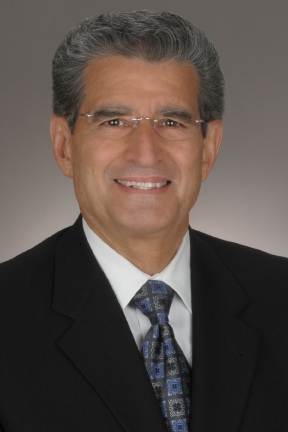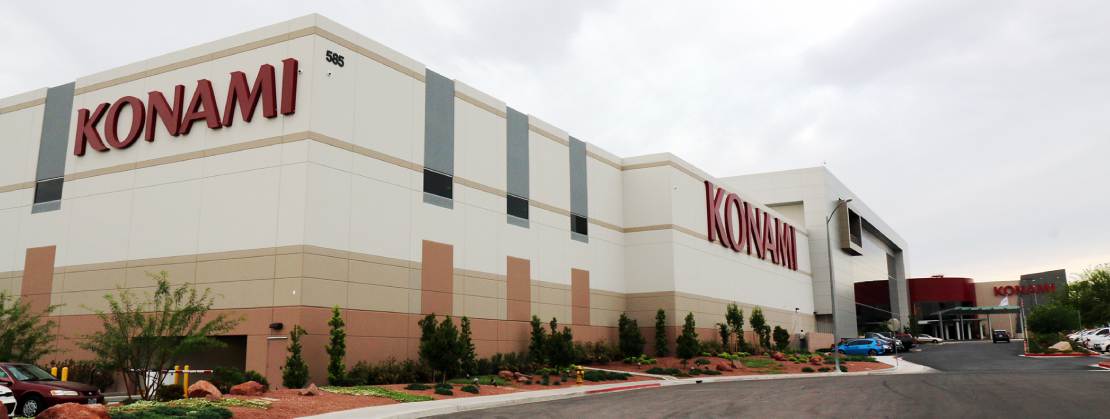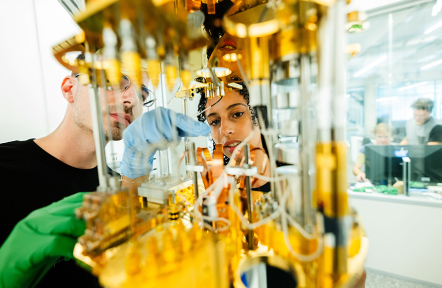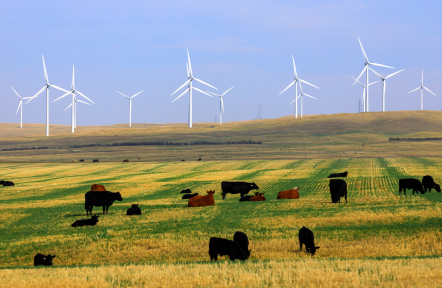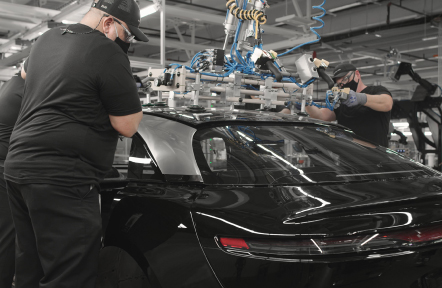“We care for every pig in such a way that they will have a great life. We invest heavily in making sure the animals are healthy while they are growing, which gives you the best quality product,” said veterinarian Larry Coleman of Nebraska-based hog farm Thomas Livestock.

By providing 24/7 human care during the birthing process, Thomas Livestock has increased its production to about 35 pigs per sow per year, around double the global industry average. The introduction of an electronic sow feeding system allows pigs to roam freely in a pen and permits the caretakers the ability to accurately monitor each pig’s food intake via a computerized tracking system.
“With this technology, we will exceed production levels of the individual housing method employed by our competitors. We are quite excited about it because we feel that we will give society what is seeks in terms of animal care, while doing better than we used to do,” Coleman explained.
“We believe in what we are doing here. We don’t think you can buy a better pig anywhere else. We will get it to you without any sort of contamination and stress. You are going to love our pork,” he added.
After declining the past two years, pork exports have recovered and are predicted to grow in the immediate future. In 2013, Japan remained the second largest importer of American agricultural products, valued at $ 454 million, a heartening vote of confidence given the stringent standards the Japanese impose on their food and their ingredients.
- Originally prepared by Global Media for The Japan Times Special Report on the U.S. Midwest 2014 (Credit: Philippe Le Saux, Angelo Romualdez, Elizabeth Arcega and Brian Banta)
